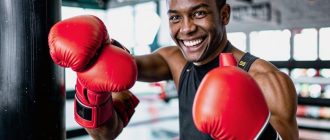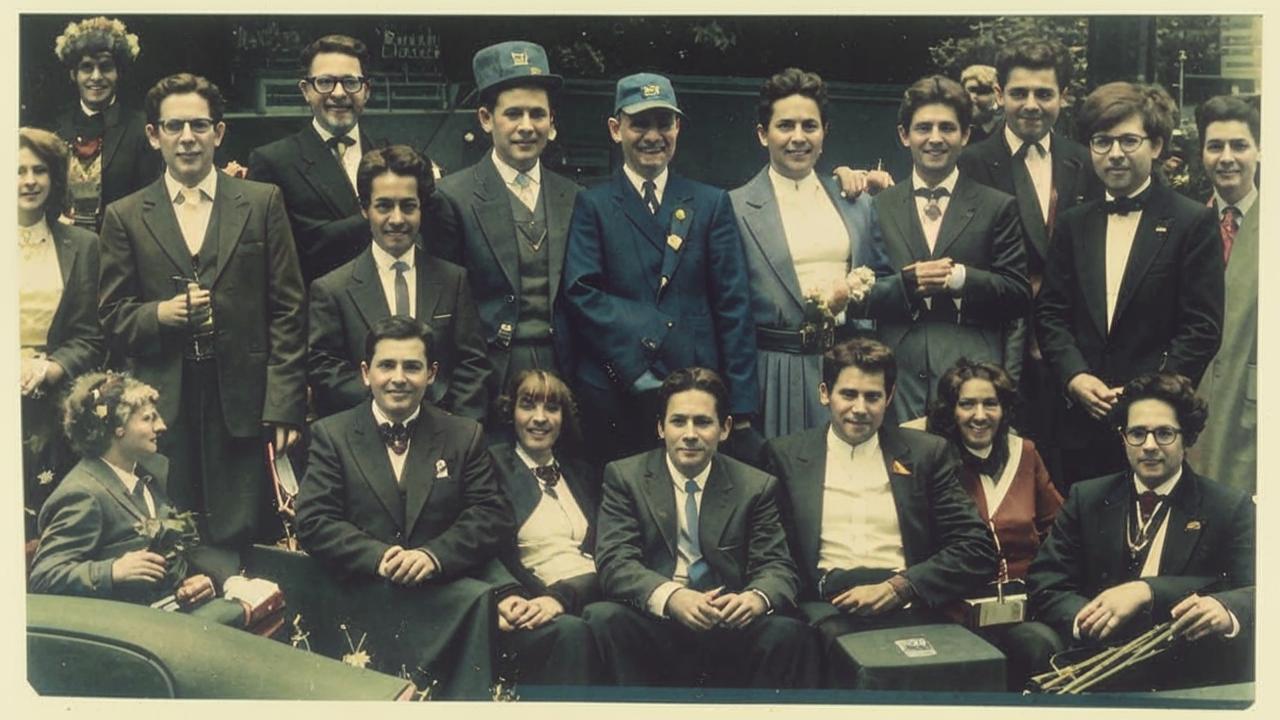
“The rapid development of biotechnology in recent decades has led to the phenomenon of biohacking. Discoveries in genetic engineering, genome editing and synthetic biology have made it possible to experiment with living organisms outside of scientific laboratories.”
Revolutionary technologies make it possible to make changes to DNA quickly and cheaply. This opens new horizons for research, but it also requires responsible use of these tools.
It was on this wave of availability of advanced biotechnology that the biohacker movement emerged in the early 2000s. These enthusiasts conduct independent experiments at the intersection of biology and engineering, risking their own safety and making science more accessible and understandable.
Who are biohackers?
Biohackers are enthusiasts who experiment with biological systems at home or within small labs using available technology and resources. They can be either amateurs without specialized training or professional scientists in biology, biochemistry, genetics, bioinformatics, and neuroscience.
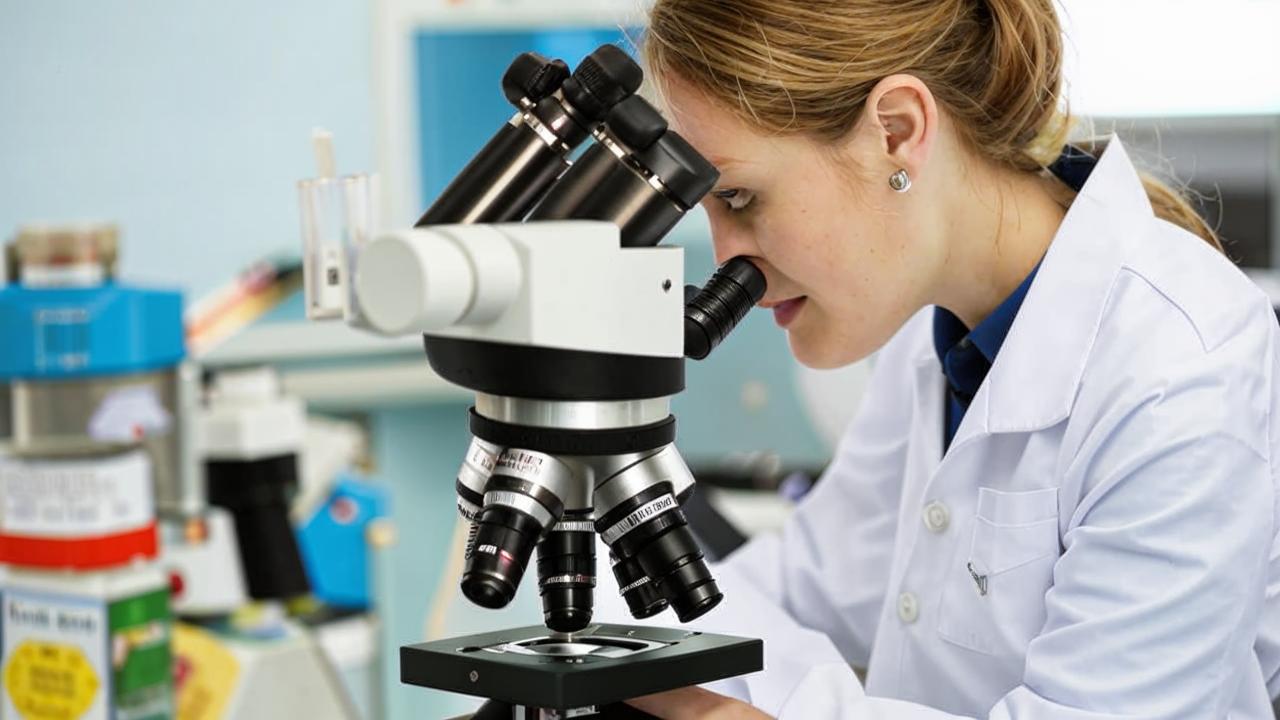
Their activities include conducting experiments, creating new biological systems, modifying organisms, developing new technologies, and more.
The term “biohacker” appeared in 2008, when a young researcher Austin Hecker founded the DIYbio (Do-It-Yourself biology) movement to popularize biology among hobbyists. Since then, biohackers have organized into communities around the world.
Many biohacking practices are reminiscent of the rules of healthy living: healthy sleep, proper nutrition, dietary supplements, optimal exercise, mental health work: meditation, sessions with psychotherapists and coaches.
However, biohackers are much more radical than zoogeeks. For example, they can break sleep into equal intervals throughout the day for the sake of additional hours of active life. And it doesn’t hurt that they have to reorganize their entire day’s schedule to do so.
Biohackers go for risky experiments with their body and psyche. They strive to achieve high energy levels throughout the day, improving concentration, memory and a host of other body metrics. However, there are possible side effects in this process.
What inspires them?
The motivations of biohackers are diverse: the desire to learn about biological processes, to participate in research, to develop new technologies and methods, as well as to use their bodies and brains effectively, to be as productive as possible, to become the best version of themselves and to live, for example, until the age of 180.
Among biohackers we can distinguish between:
- amateur enthusiasts;
- professional scientists;
- entrepreneurs in the field of biotechnology.

Each of these types has its own characteristics and motivations, but they are united by a common interest in biology and a desire to benefit society through research and development.
Key traits of biohackers
- They have a strong motivation to experiment and independently investigate biological systems.
- Often have a non-classical education, combining knowledge from different fields – biology, chemistry, engineering, IT.
- They work in improvised laboratories – garages, basements, kitchens, because official laboratories are not always available.
- They do a lot of things themselves, up to creating their own laboratory equipment based on consumer electronics and mechanics.
- Open to sharing ideas and disseminating knowledge – blogging, participating in conferences, collaborating with colleagues online.
- They are interested in decentralization and democratization of science, taking it out of closed institutions.
Tools and methods of biohacking
Biohackers use a wide range of technologies and equipment to conduct their experiments and research. Among the most common are laboratory equipment such as microscopes, centrifuges, thermostats, and specialized instruments for DNA, RNA, and protein analysis.
In addition, biohackers often use computers and software to analyze data, model biological processes, and design new organisms.
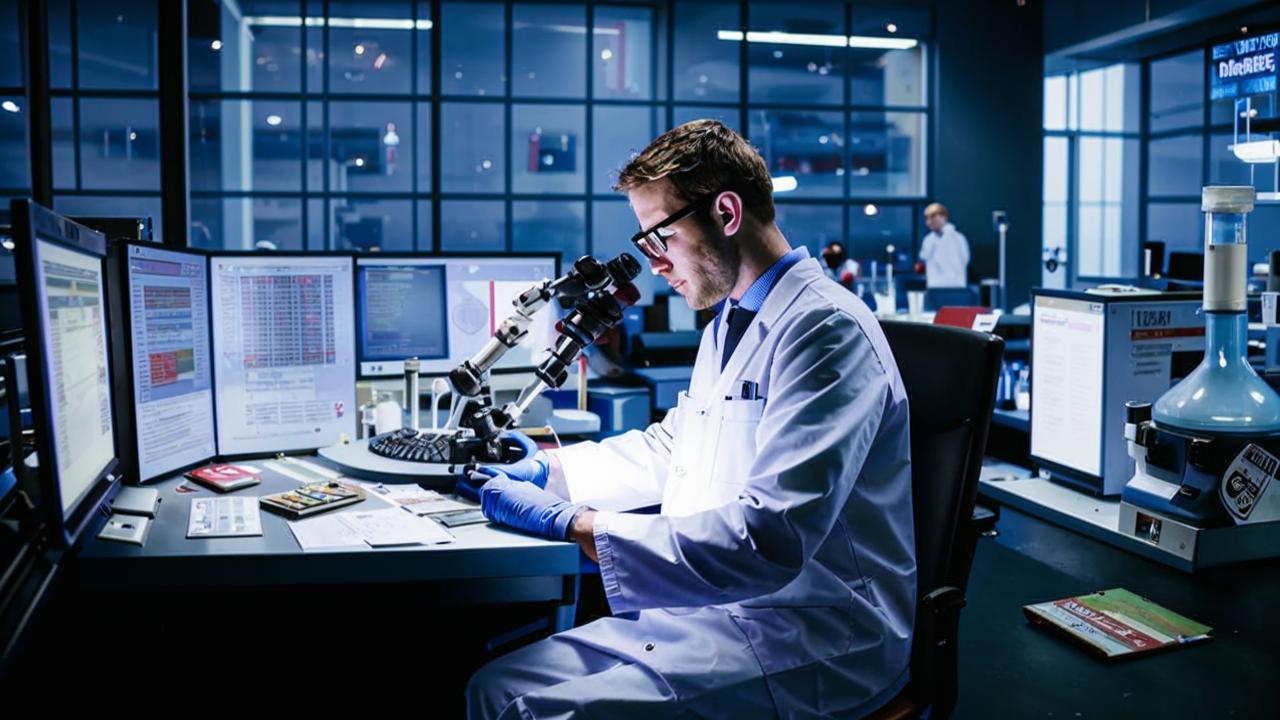
While some equipment can be expensive and unavailable to the general public, there are also inexpensive and homemade alternatives that allow aspiring biohackers to begin their research at minimal cost.
Biohackers use a variety of methods to modify organisms and conduct experiments:
- Genetic modification: altering the genetic material of an organism to introduce certain characteristics or properties.
- Cell culture: growing cells under controlled conditions to study their behavior and properties.
- DNA sequencing: analyzing the sequence of nucleotides in DNA to detect genetic variation and study the genetic characteristics of an organism.
- Bioinformatics: the use of computational methods to analyze biological data, including DNA sequencing, modeling biological systems, and predicting their behavior.
These techniques allow biohackers to conduct a variety of research in biology and biotechnology, from studying genomes to creating new species of organisms.
Ethical and safety issues
Biohacking has generated widespread debate in society and the scientific community about its ethical aspects and implications. One of the main issues is the safety and possible negative consequences of modifying organisms, especially when it is done at home without proper control and supervision.
Other important aspects are issues of data confidentiality, fair access to biological technologies and the potential misuse of biohacking to the detriment of the environment and society.
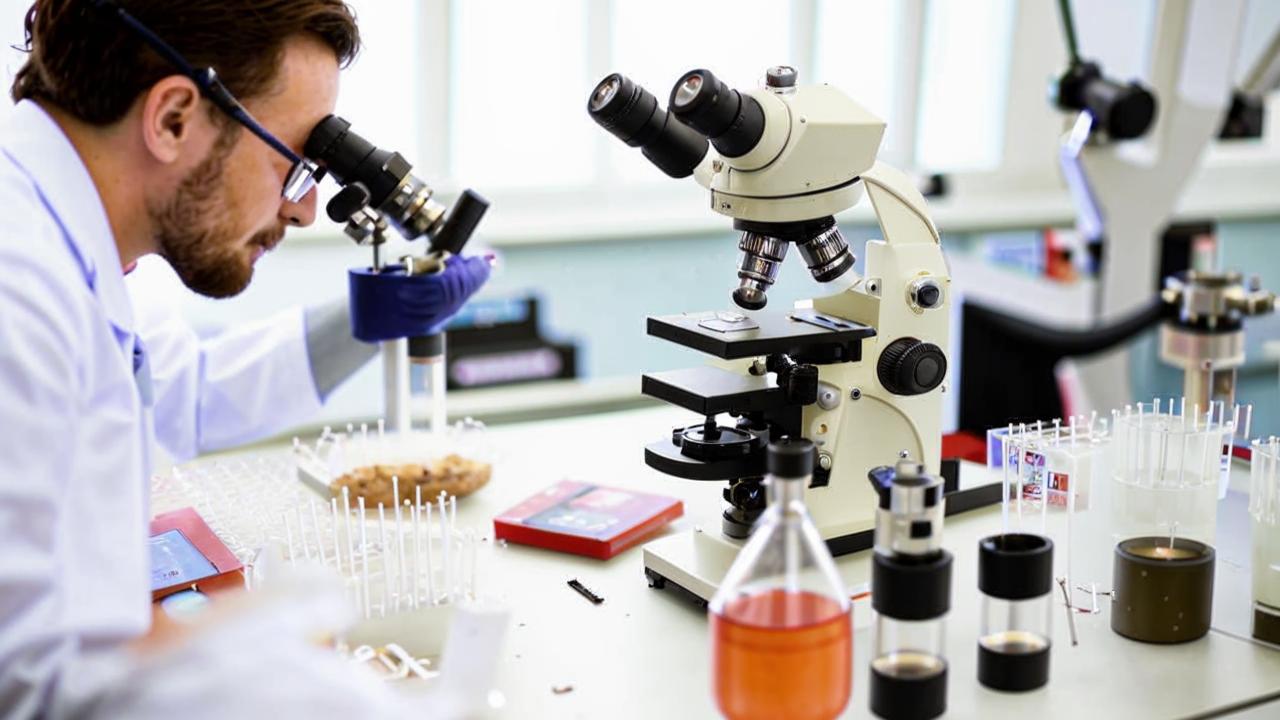
There are potential risks and dangers associated with the practice of biohacking. These may include the accidental or intentional release of modified organisms into the environment, the emergence of new pathogens or microorganisms with increased risk, and threats to data privacy and security due to the dissemination of biological information.
How does one become a biohacker?
Many biohackers started out as self-taught, learning biology and biotechnology from various online resources, books, and video courses.
For those looking to pursue a serious career in biohacking, it is recommended to pursue an education in a related field such as biology, bioinformatics, genetics, or molecular biology. Many universities and online platforms offer courses and degree programs in these fields.
For aspiring biohackers, there are many communities, online forums and resources where they can get support, advice and access to the tools and equipment they need. Some of these include biohacking labs and online platforms for sharing knowledge and experience.
It is also worth looking at biohacking professional organizations and conferences that provide opportunities for sharing and learning.
Examples of successful projects and achievements of biohackers
Biohackers around the world implement their ideas and projects, making significant contributions to various fields of science and technology.
They are actively involved in research on the application of the CRISPR-Cas9 system for genome editing. This allows them to conduct various experiments, such as modifying plants to increase yields, creating animals with certain genetic characteristics, and even researching treatments for genetic diseases.
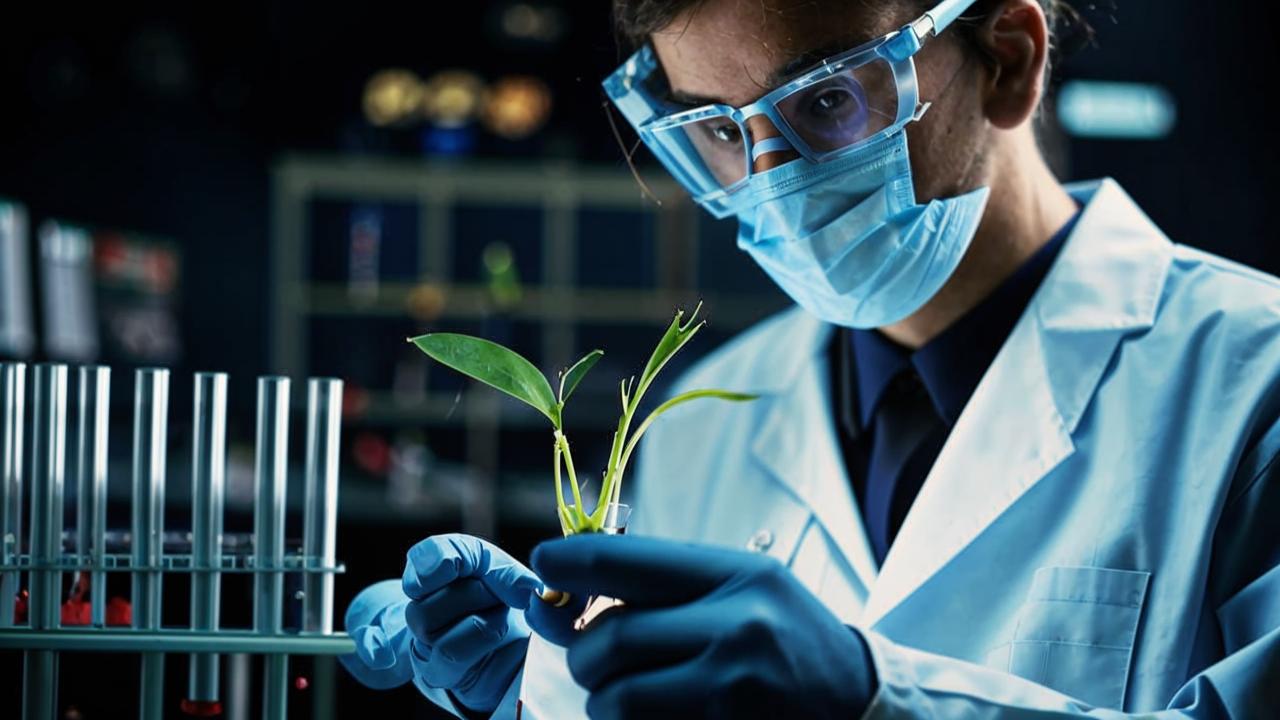
Enthusiasts are involved in open science research, including collecting data on the microbiome, studying genetic diversity and investigating the effects of the environment on health. These projects help expand scientific understanding in various fields of biology and medicine.
Biohackers are pioneers in developing new biotechnologies and methods. For example, they create cheap and accessible laboratory instruments, develop new techniques for analyzing biological data, and create innovative technologies for diagnosing and treating diseases.
They actively raise awareness of biotechnology through education and outreach projects. They also create video tutorials, online courses, lectures and workshops to share their knowledge and inspire others to explore this field.
The most famous biohackers are.
Josiah Zeiner
A biomedical scientist by training, he founded the first public lab for biohackers, Genspace in New York City in 2010. Zeiner is a strong advocate for the democratization of science and the ability to conduct research outside of academic labs.
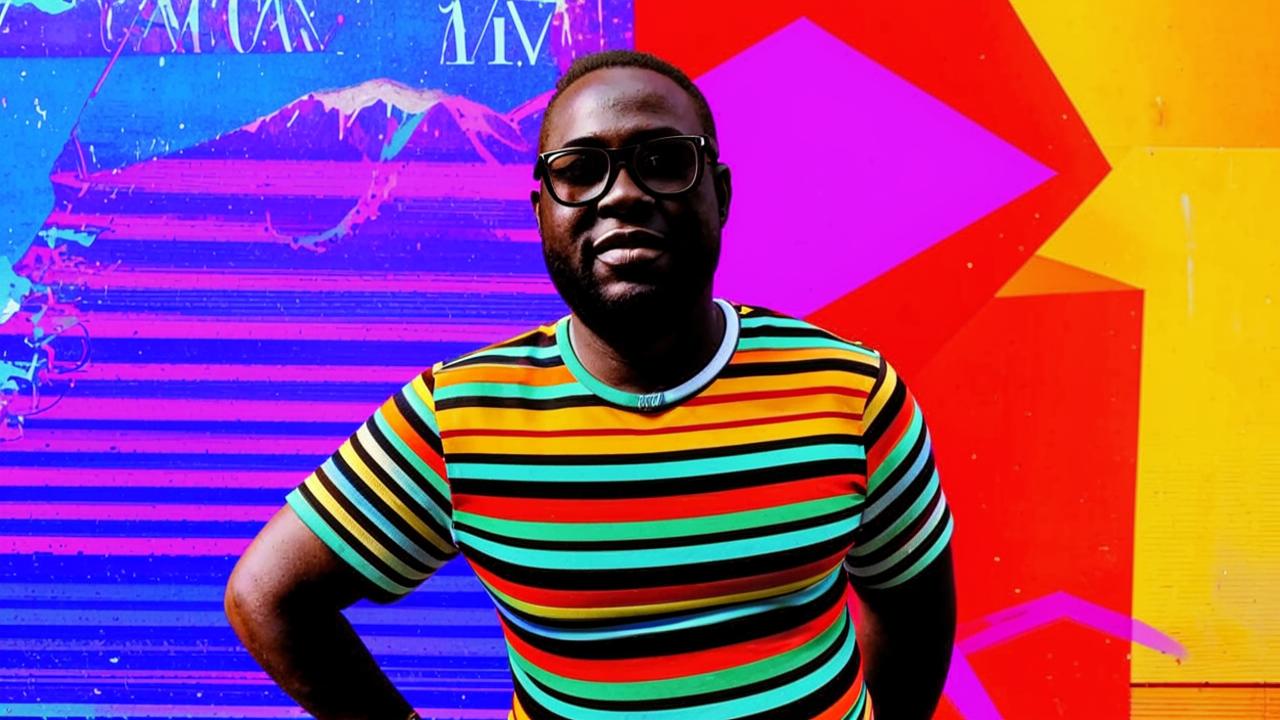
Zeiner was the first biohacker to use CRISPR-CAS9, an in-cell DNA editing technology, to modify his own genome. In 2016, Zeiner injected himself with a fluorescent gene that makes jellyfish glow.
Biopsies showed that it was indeed present in the cells. In 2017, at a biotech conference, he injected himself with CRISPR to block the gene responsible for producing the protein myostatin, which suppresses muscle tissue growth.
I want to help people genetically change themselves. In the future, people will come to a salon like tattoo shops, but not to get tattoos, but to choose their DNA to build muscle mass, change eye color or hair color. I think for the foreseeable future, through all these modifications, man will be virtually a new species,” Josiah said.
Dave Asprey
An entrepreneur and writer, in 2013, Asprey created his own Tibetan-inspired coffee recipe and called it Bulletproof Coffee. It’s a ghee-infused coffee for those who can’t tolerate dairy protein.
Dave injects himself with his own stem cells, drinks about 100 supplements daily, takes an infrared bath, uses a hyperbaric oxygen chamber, and wears special lenses to protect his eyesight. Not all of his experiments have been successful: after reading about the benefits of cold for the body, he fell asleep with ice packs and woke up with frostbite.

Asprey’s most ambitious goal is to live to be 180 years old. By 2019, in Asprey’s own words, he has spent at least $1 million to “hack his body.” Dave writes books about biohacking and healthy eating, the most famous of which are: “Biohacking the Brain”, “Changing the Rules”, “Superhuman”.
Sergei Fage
Entrepreneur and the main biohacker of Runet. In 2017, he published a series of materials dedicated to biohacking, which sparked interest in this topic in Russia. He was driven to biohacking by the desire to “become more energetic, healthy, happy, confident, strong-willed and intelligent, improve mood and concentration, and extend your life”.
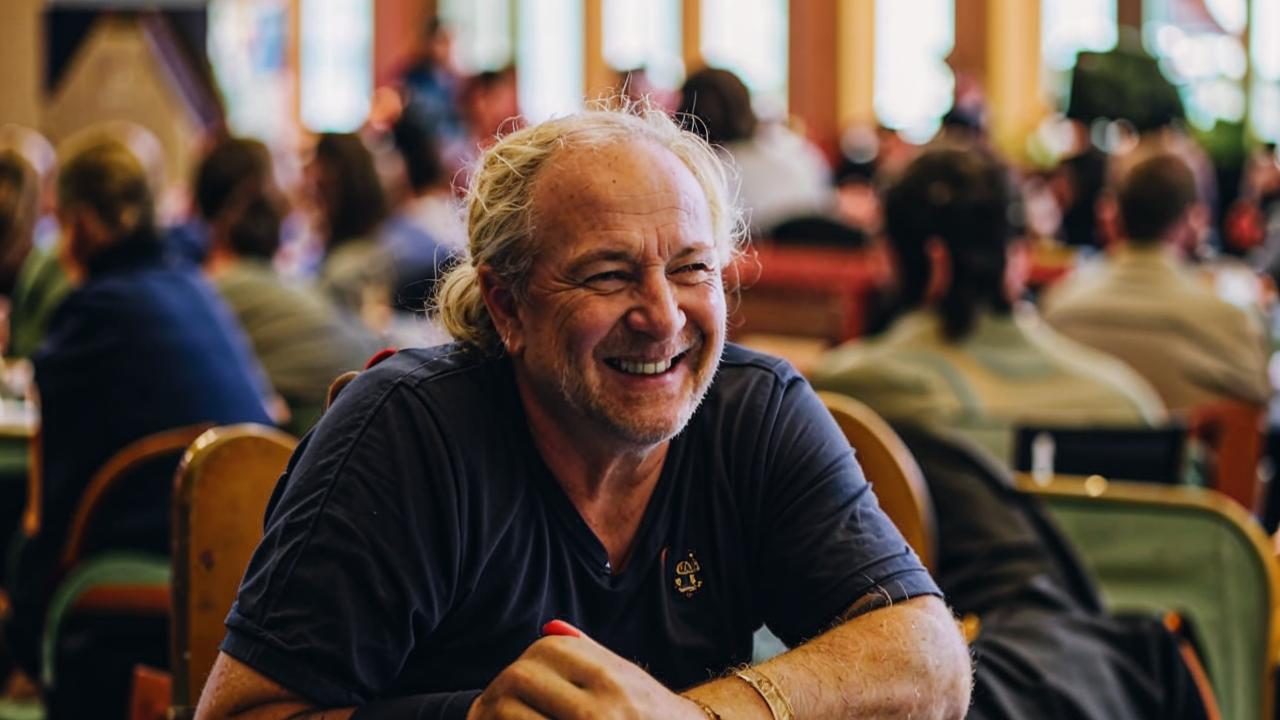
Sergey has developed his own biohacking principles in six areas: sleep hygiene, healthy eating, optimal exercise, mental health, medical tests, supplements and medications. He practices cyclic fasting, high-intensity interval training, and constant medical tests to find “bugs” and correct them with medication. In 2017, Fage wrote that he spent about $ 200 thousand on research and drugs.
Stanislav Skakun
Financier and founder of the Biodata service, Stanislav is considered the most “digitized” Russian biohacker. He has created, with the help of special gadgets and tests, a continuous stream of measurements that allows you to observe the state of the body and its reactions to experiments.
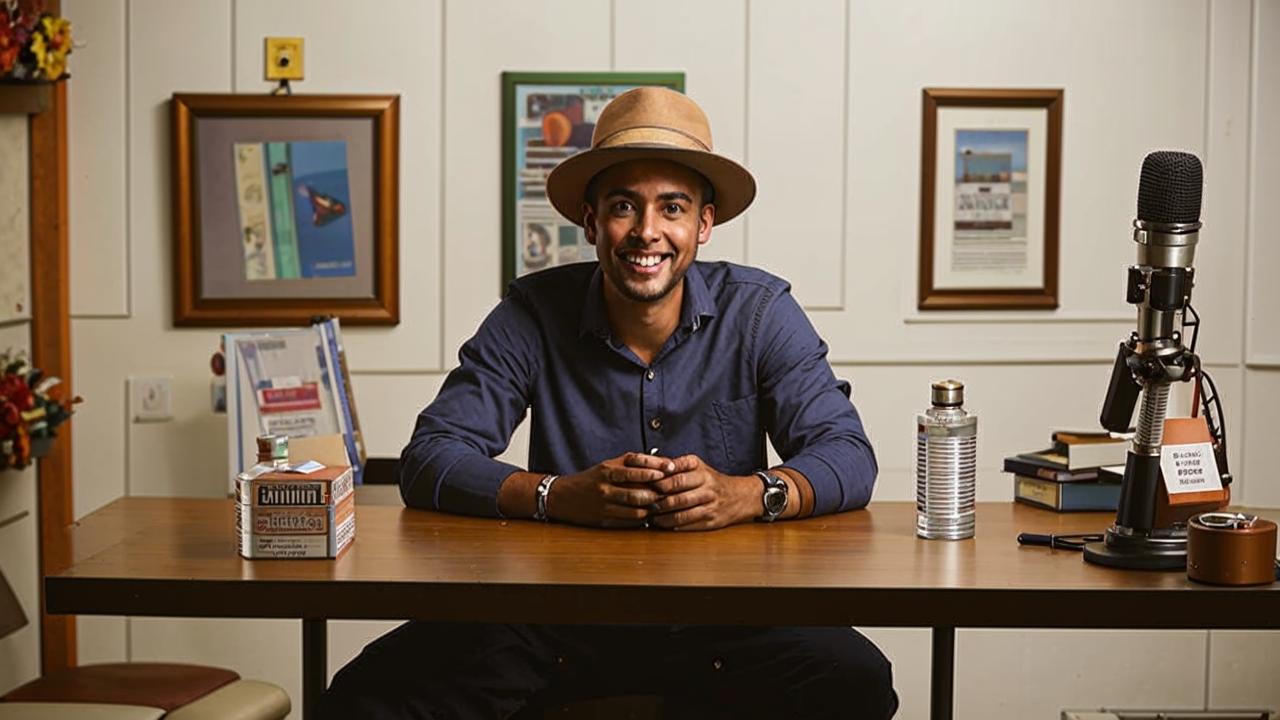
For example, to analyze insulin resistance, nine biomarkers are constantly monitored, which help to investigate how many years are left before the onset of type 2 diabetes. According to Stanislav Skakun, this is the only way to detect any abnormalities in the early stages.
The biohacker drinks about 30 supplements daily, including prescription drugs. In Stanislav’s opinion, many biohacking tools are incompatible with the concept of healthy lifestyle:
Because of work, I can’t spare time for regular exercise. So I choose drugs to compensate for the lack of physical activity. Biohacking is a path in which only the end goal is important – to become the best version of yourself, it is an experiment on yourself. If we think the methodology will help improve health and performance, we will use it.



